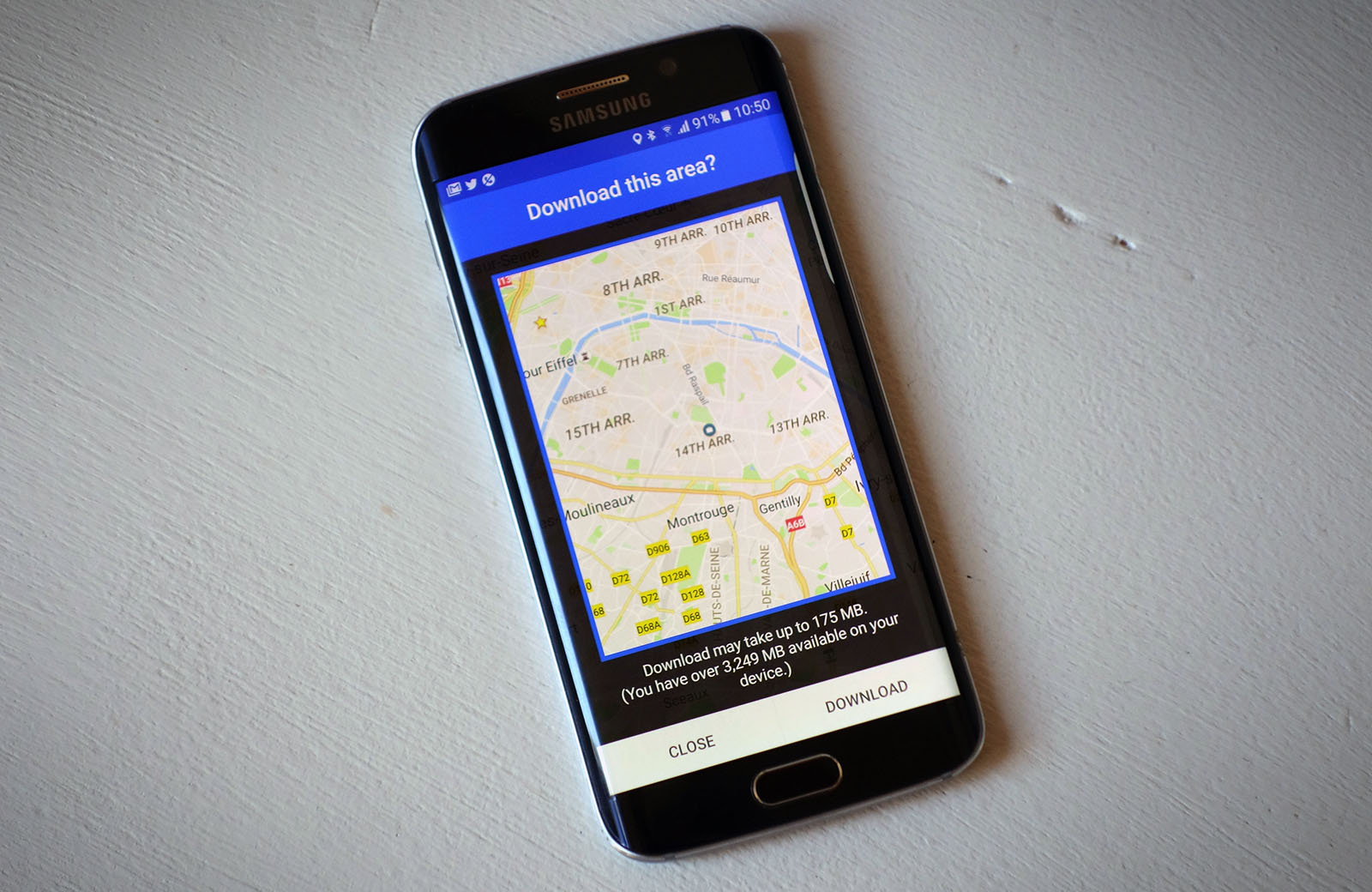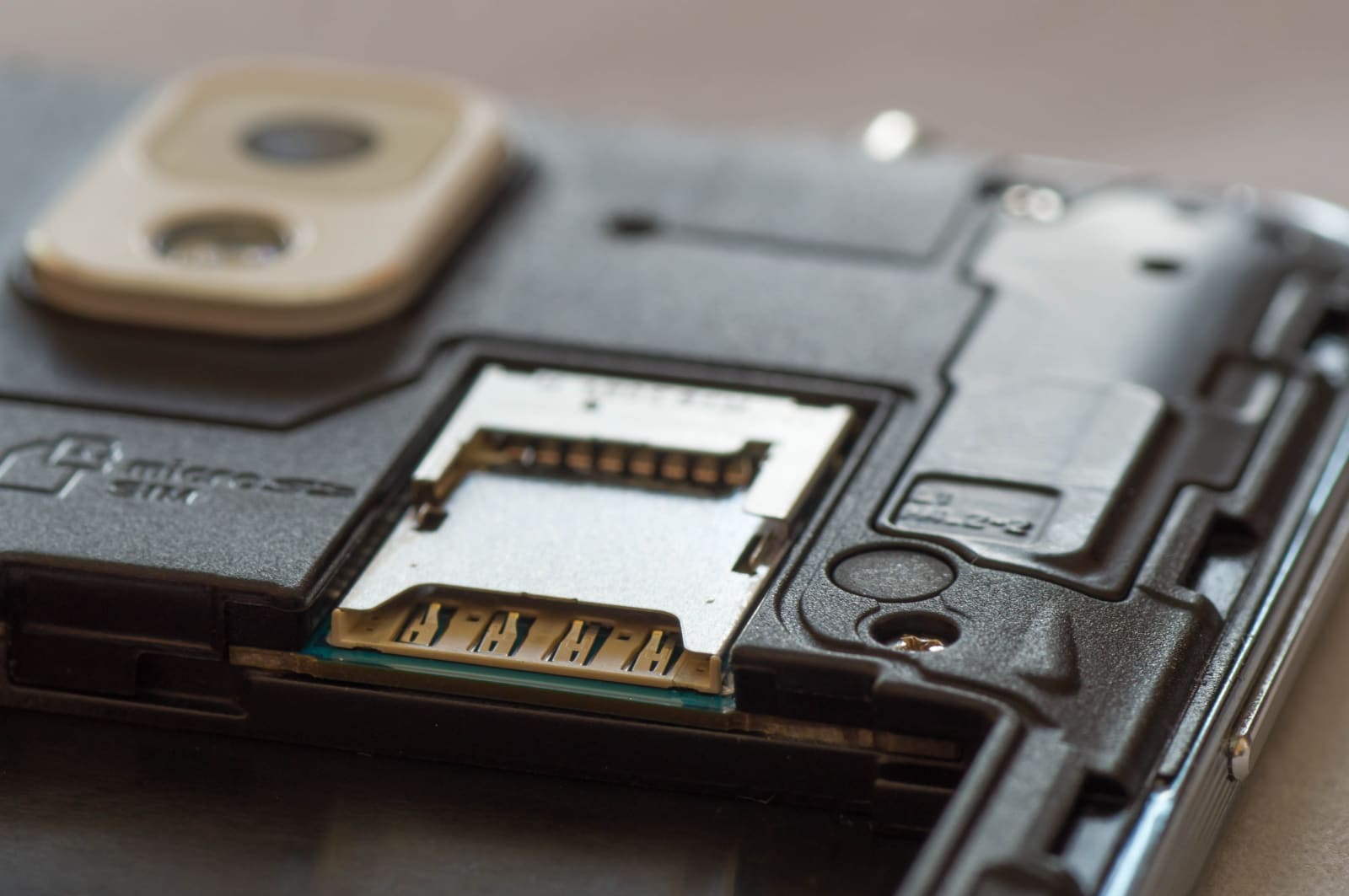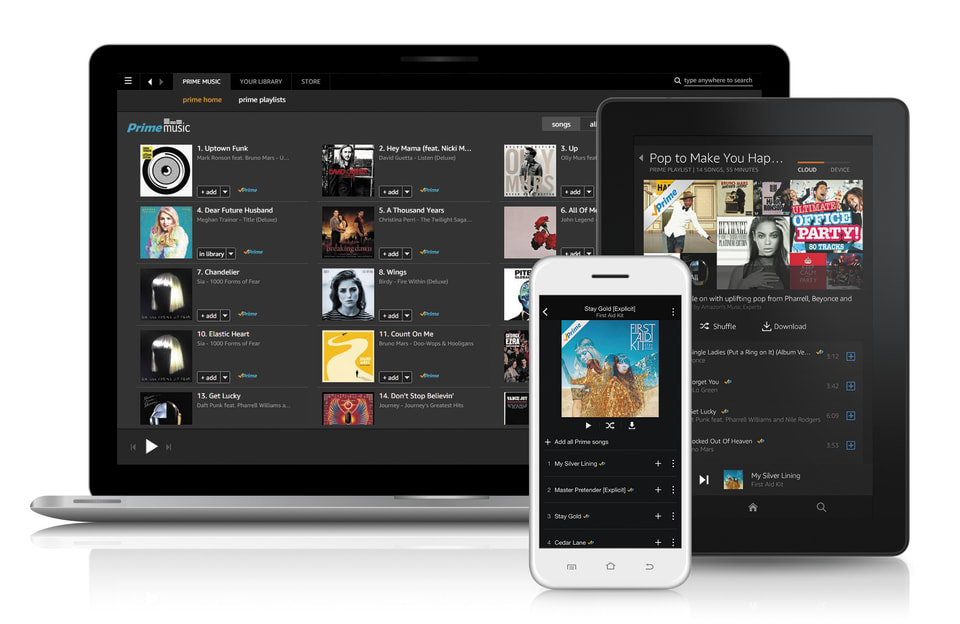
When Eye-Fi first launched its wireless SD cards back in 2006, most of us weren't carrying smartphones, much less tablets. At the time, the idea was to send your photos straight from your camera to your PC, where you could run slideshows or upload them to the cloud (if you were already into that sort of thing). Lately, though, Eye-Fi has been forced to rethink its product: the company just announced the Mobi, a $50 Class 10 card that sends images directly to your mobile device, bypassing the computer altogether. Designed for people already used to storing pics on phones and tablets, it works with a free iOS / Android app that acts as an image viewer. To set it up, you enter a 10-digit activation code included in the packaging, which you can use with as many gadgets as you like. After that, the card will continuously send photos and video to your device. And because the Mobi is a hotspot unto itself, your gear doesn't all need to be on the same network, or even in range of a router.
The Mobi is available today, priced at $50 for 8GB and $80 for 16GB. For those of you who expect to do some heavy-duty editing, you can still buy Eye-Fi's existing X2 cards, which send images to PCs, and can handle both RAW and JPEG. Additionally, those pro-level cards can be configured to send different file formats to different locations. If that seems like overkill, though, the Mobi might be the better option -- it's not like you can't eventually get those photos off your phone, right?
Filed under: Storage
Comments
 After testing it in a limited rollout, Google has officially unveiled "WiFi only" mode for Maps on Android. When enabled, it will keep the app in offline mode, blocking it from using expensive or spotty cellular data. At the same time, messaging and...
After testing it in a limited rollout, Google has officially unveiled "WiFi only" mode for Maps on Android. When enabled, it will keep the app in offline mode, blocking it from using expensive or spotty cellular data. At the same time, messaging and...
 After testing it in a limited rollout, Google has officially unveiled "WiFi only" mode for Maps on Android. When enabled, it will keep the app in offline mode, blocking it from using expensive or spotty cellular data. At the same time, messaging and...
After testing it in a limited rollout, Google has officially unveiled "WiFi only" mode for Maps on Android. When enabled, it will keep the app in offline mode, blocking it from using expensive or spotty cellular data. At the same time, messaging and...
 Amazon just pushed a small, but important update to its Android video app: starting today, users can choose where downloaded files are stored. It sounds insignificant, but for heavy users, this is a really big deal -- until now, Amazon Video would on...
Amazon just pushed a small, but important update to its Android video app: starting today, users can choose where downloaded files are stored. It sounds insignificant, but for heavy users, this is a really big deal -- until now, Amazon Video would on...
 Apple doesn't often make Android apps, but when it does, it's either to secure more iPhone users or give people access to Apple Music. Now that the streaming app has eclipsed one million downloads, the company has begun outfitting it with features th...
Apple doesn't often make Android apps, but when it does, it's either to secure more iPhone users or give people access to Apple Music. Now that the streaming app has eclipsed one million downloads, the company has begun outfitting it with features th...
 To help you conserve that limited storage space on your Android device, Amazon is letting you download Prime Music tracks to an SD card. If your go-to device has a slot for extra memory, you'll be able to store music from Amazon's streaming library...
To help you conserve that limited storage space on your Android device, Amazon is letting you download Prime Music tracks to an SD card. If your go-to device has a slot for extra memory, you'll be able to store music from Amazon's streaming library...












